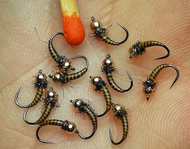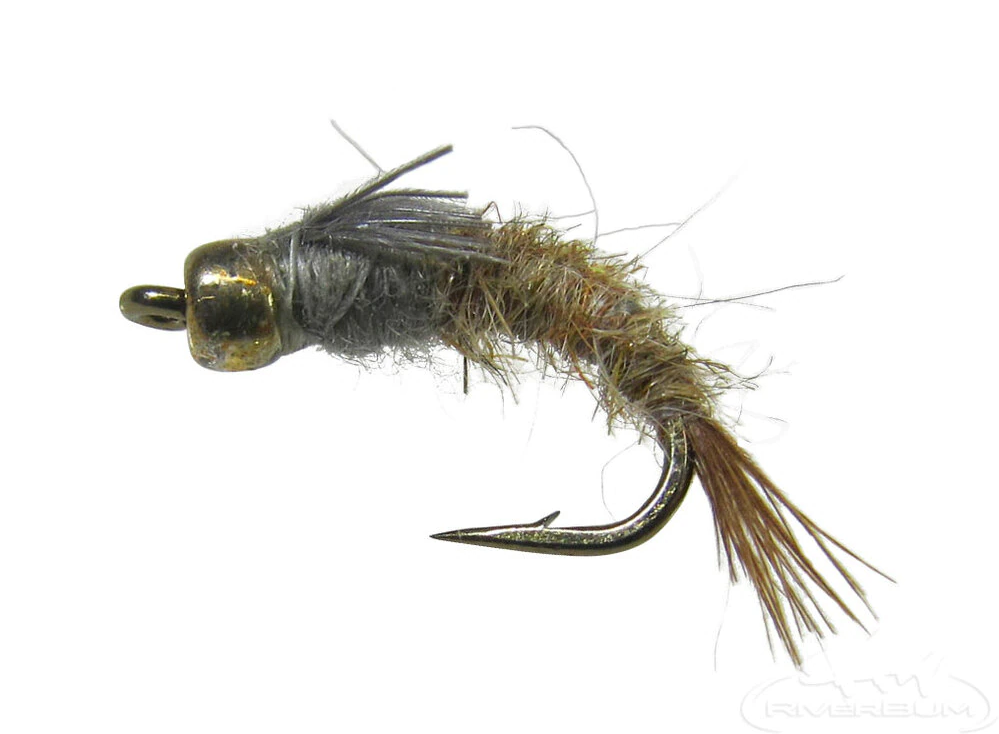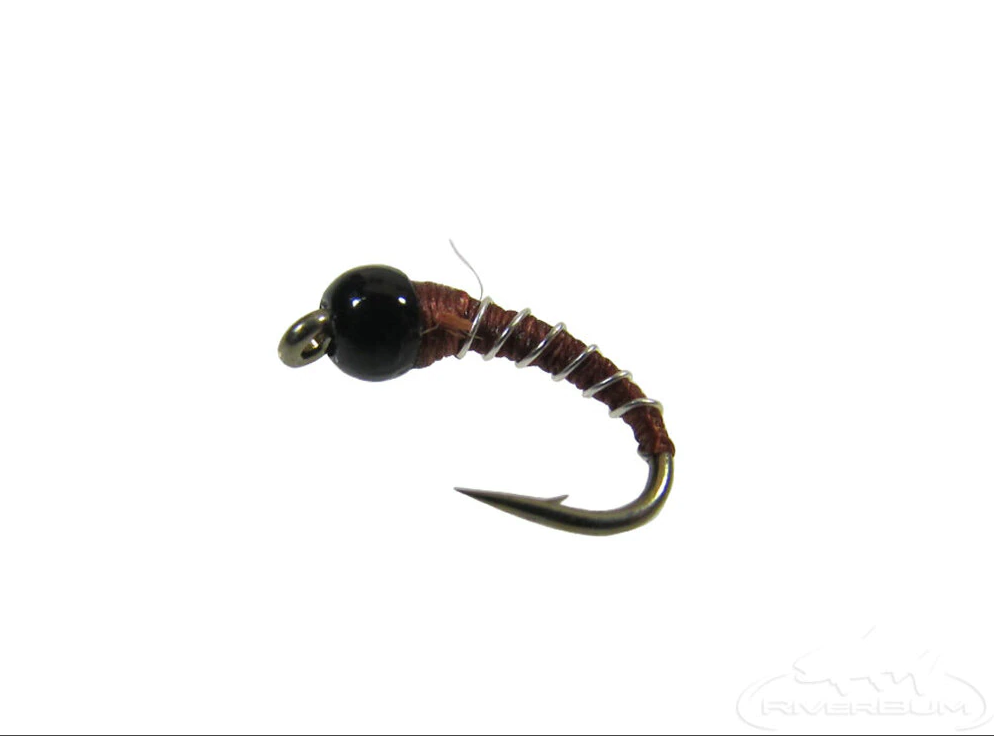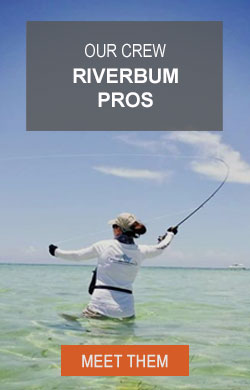Midges
Old dudes like me curse a midge hatch. The dominative little flies can be a bugger to tie on. It’s well worth it though. Trout love these guys.
Year-round food source
Midges are an essential food source for trout and many other species of fish. The lifecycle of midges can be divided into four stages, egg, larva, pup, and adult. There are three styles of flies that are of interest to the fly fisherman. They are the nymph, emerger and adult.
Unlike many other aquatic insects, midges can complete an entire life cycle during the winter months. Many species can undergo a complete life cycle—egg to adult—in just a few weeks.
Locations across the country
There are over 10,000 species world wide. There is absolutely no need to even try to begin to understand them all. All we really need to know are the stages. Larva, Pupa and Adult.
These are your nymphs, emergers, and adults. These are small insects. I don’t think I’ve personally seen natural on the water greater than a size 16. Most commonly they are found between a size 18 and 22.
Types of water they prefer
Midge fishing often accounts for some of the best opportunities on tailwaters, spring creeks, and stillwaters. In some watersheds, midges are the predominant food source, making up as much as 50 percent of a trout's diet.
How to Fish Them
Midge larvae are very small (size 18-22). They look like tiny worms and come in a variety of colors like black, olive, and red. These flies should be fished deep, since midges often live toward the bottom, in and around the silt and substrate.
The pupa or emerger stage is the transitional stage where midges start to rise in the water column on their way to the surface. Pupa rigs should be set up to keep the fly near the surface, either just below the surface or in the film.
The final stage of the life cycle is the adult, which looks very similar to an adult mosquito. Adults sit on the surface after emerging to dry their wings and often get picked off by hungry trout. Rigging up for an adult midge is straightforward. A dead-drifted dry fly is the way to go, often in slower water where midges tend to hatch. Since these flies are so small, I’ll often use a two fly rig when I’m fishing the dry, just so I can locate it on the water better.
RiverBum offers a great selection of midge fly patterns. If you don’t have midges in you fly box, you most certainly are missing out. Just remember to pack some cheater specs!









